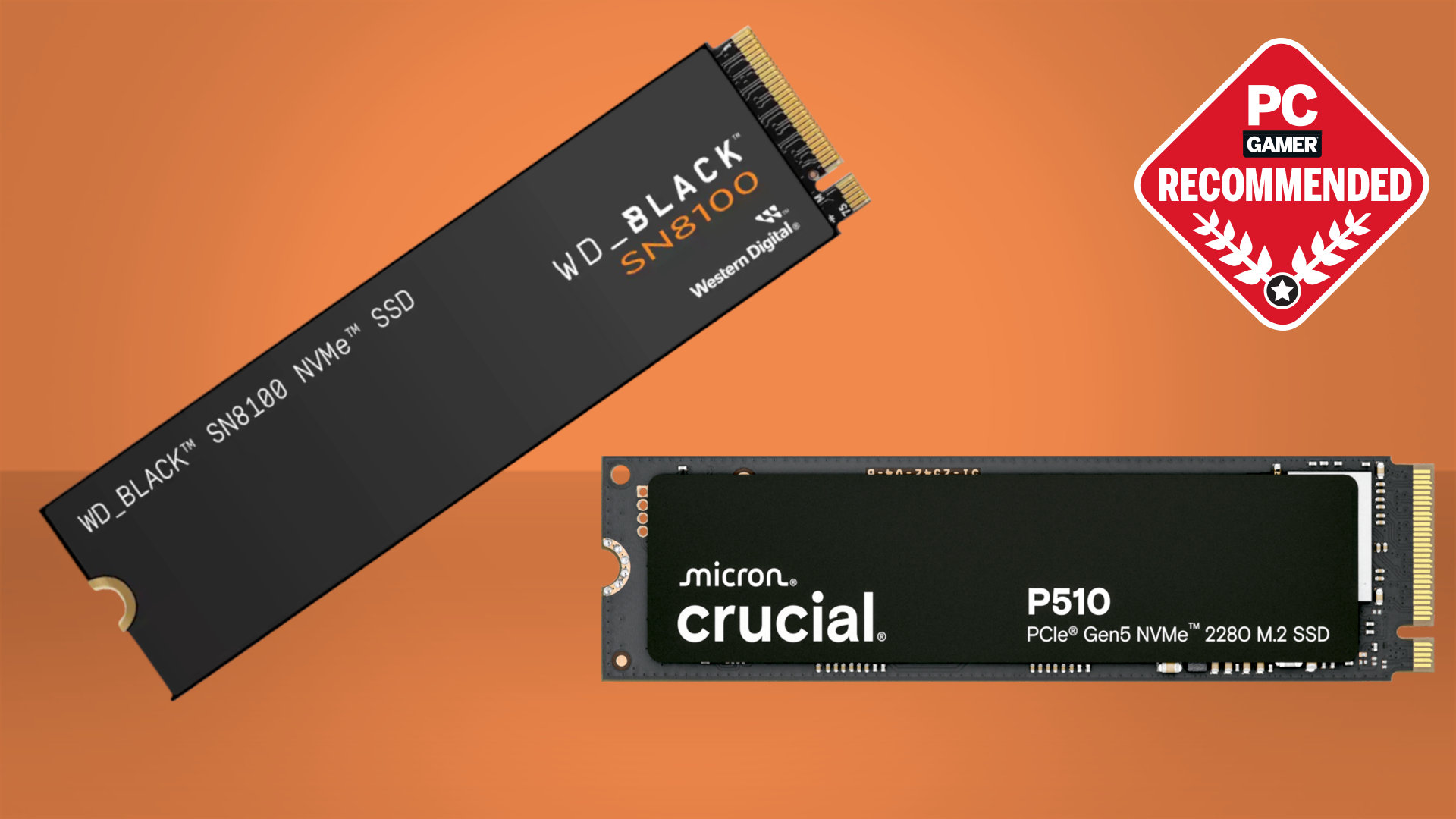So, I just spent my day playing Valheim through these weird-ass prototype XR glasses
Stick on some Vapourwave, we're going on a journey with the Viture One XR Glasses.
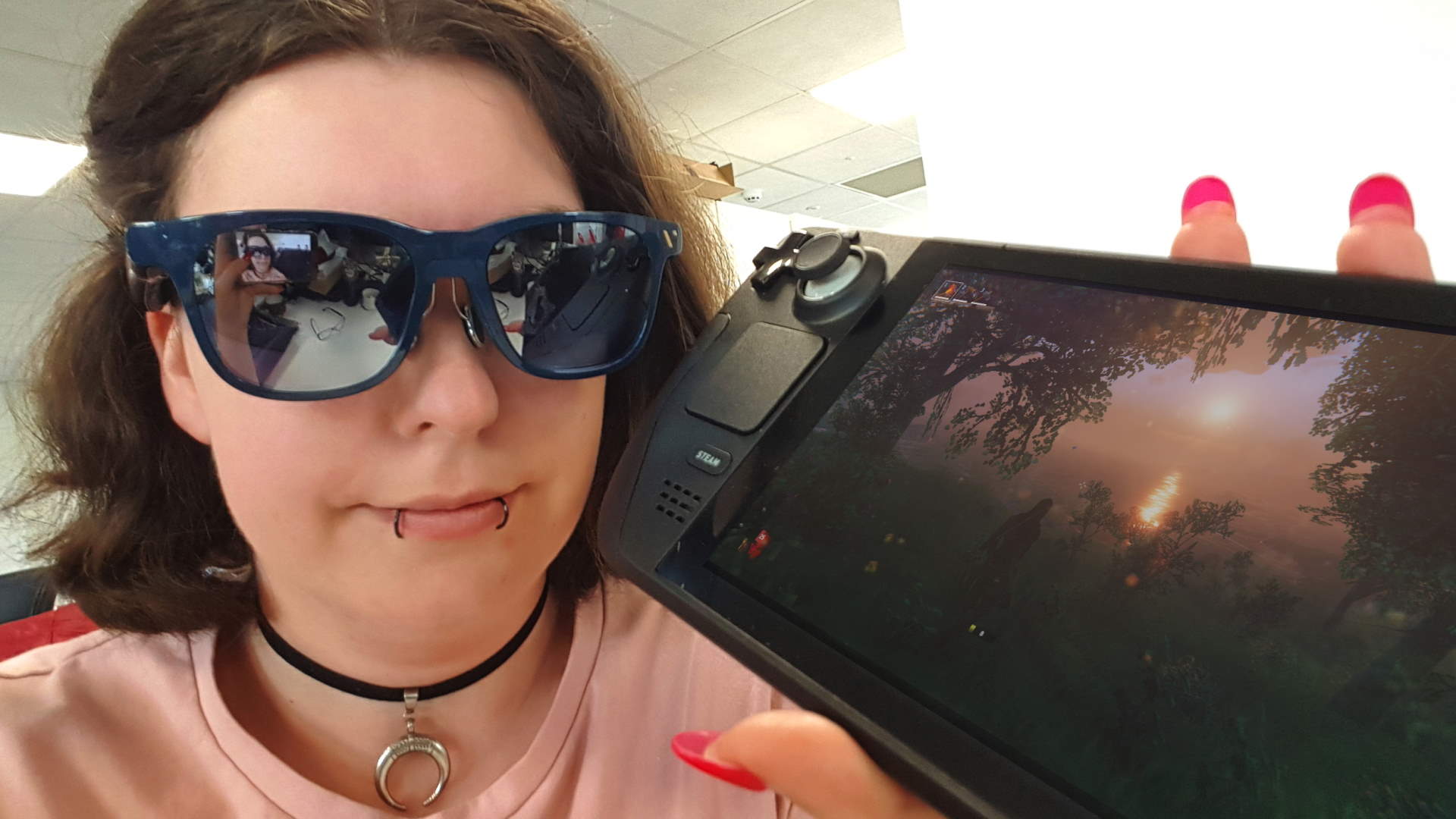
Say hello, or more appropriately 'Yo, dawg,' to the bodacious lookin' Viture One XR Glasses. We've been having a hands-on session in the office this morning with these light, and hella expensive, bad boys.
Okay, enough with the '80s slang now. But really, do I not look like I'm about to try and hack into the mainframe while blaring out my synthwave mixtape? The Viture One XR Glasses come touting the kind of technology I've been pining for since the dawn of portable gaming. By projecting the image right in front of your eyes, it seeks to alleviate the main issue I had when I took the Steam Deck travelling: having to hunch over for hours on end.
Right now, we're looking at 88g glasses that project your games in 1080p at 60 fps, with a pixel density of 55ppd. Sure that's nothing like what you'd get with the best VR headsets, but for something so ridiculously portable, I figured I'd be willing to look past it, if you'll excuse the pun.
Keep in mind this is a prototype model for a Kickstarter product, and that a lot of the features are set to be improved upon for the final model.
After I plugged it in, the Steam Deck recognised the Viture One straight away and switched over. I only had to do a little twiddling of the myopic dials, which are conveniently placed on top of each eye, and then I got stuck into a nostalgic Oblivion sesh, followed by a bout of Valheim.
First impressions: I'm genuinely impressed with how the prototype is coming along. The image is sharp and there's no discernible delay. We'll have to wait for the final version to try and work out the latency, but for a melee adventure, it already seems more than practical.
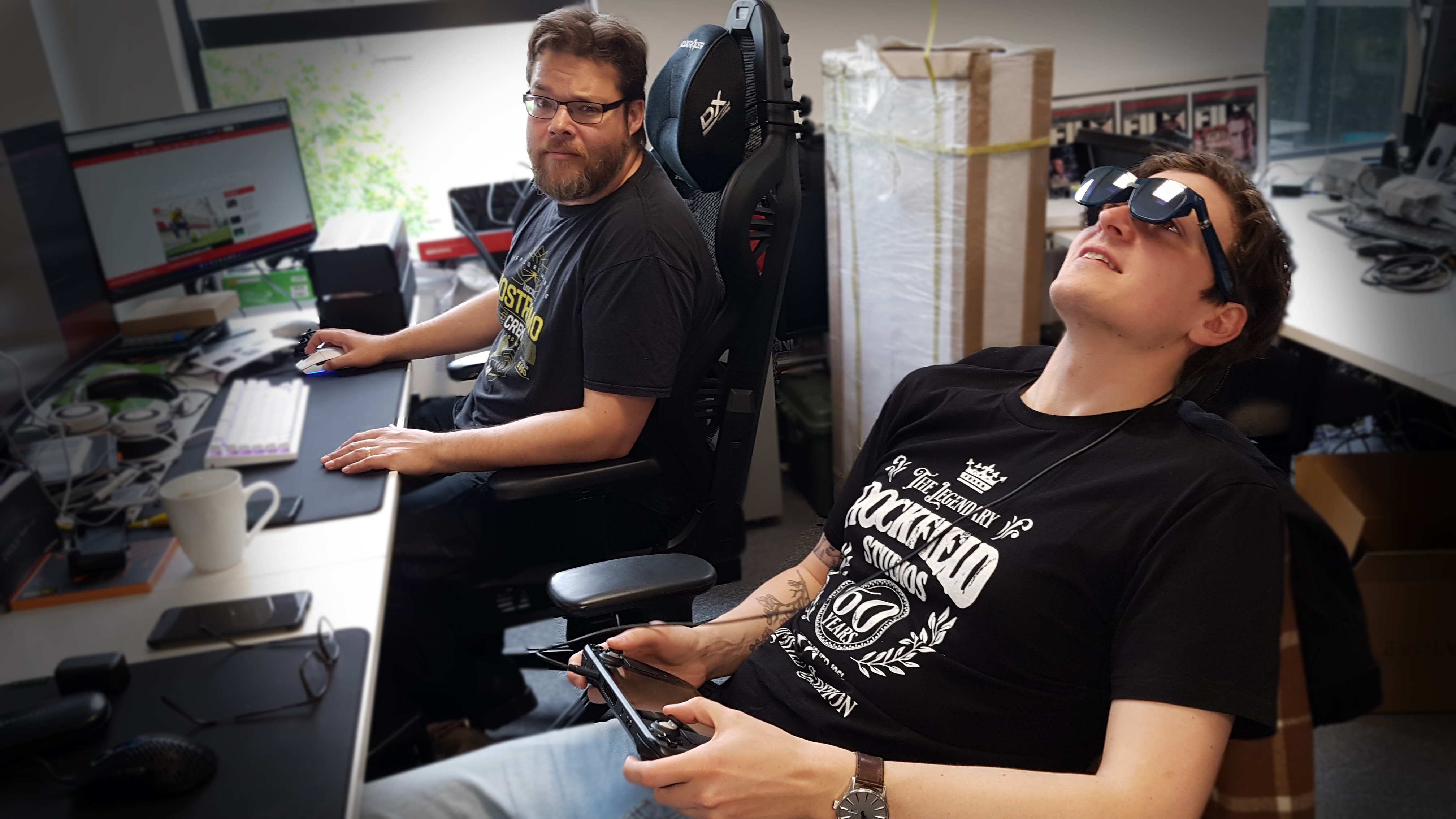
It gets a little warm, but only on one side, and it's set far enough away from your face that it shouldn't be a problem. It's nothing like the heat a VR headset throws out, and it's not all encompassing. However, glasses wearers might be disappointed as these really don't accommodate, whereas plenty of VR headsets do.
Keep up to date with the most important stories and the best deals, as picked by the PC Gamer team.
I'm genuinely impressed with how the prototype is coming along.
It's a little odd playing games like this without head tracking tech, since I'm used to the camera following my head movements in VR, but it was fine after I got used to it. The fact you can lie down or (theoretically) hang from some kind of exercise device and play games while doing sit ups is very cool.
Right now, being tethered to the Deck and having smallish ears meant there was a lot of sliding down my face, but that's going to change when the final version comes out. Complete with fancy neck band, it'll work over 5G Wi-Fi, and the weight will be improving from 88g to 78g, the creators say. I'd like there to be less bulk in the currently 5mm thick arms, but we'll have to wait and see.
The neck band, which we haven't seen yet, will be coming with a bunch of top streaming apps preinstalled, and be compatible with remote play game streaming services.
I actually tried writing this article wearing the Viture Ones. I connected them straight to my PC, which detected them like any other monitor output with no issues, but it turned out to be a little awkward to see the top of the screen. This was partially due to them sliding down my nose as I worked, partially because I may have chosen the wrong nose pad size. Thankfully, the nose pad is getting a redesign, and will soon be adjustable.
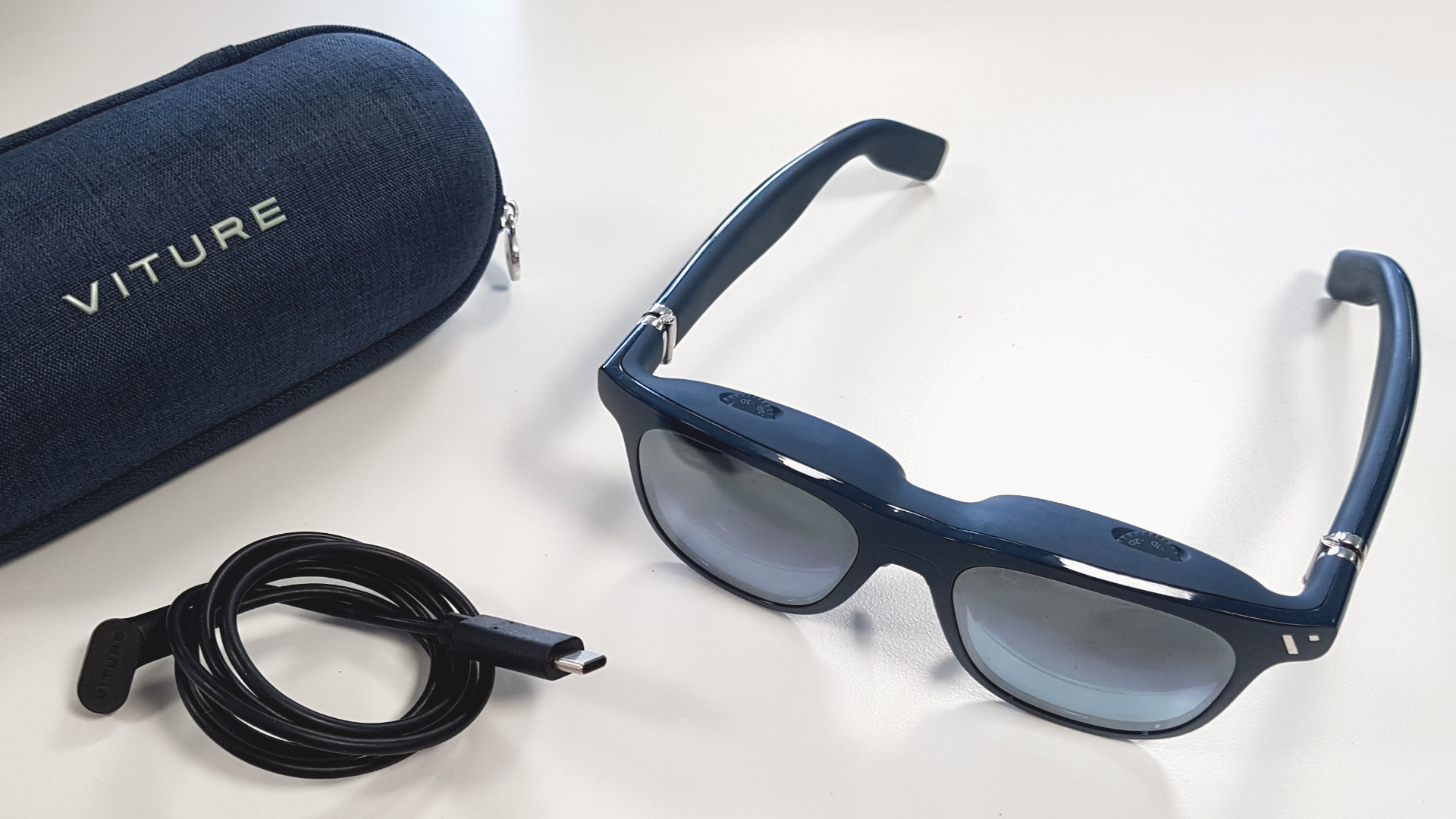
The device promises to be more immersive than a small handheld screen, but of course you'll be able to hear what's going on around you. That's fine by me—that way I know if someone's trying to get my attention—but the slight screen translucence can be a problem when looking at windows or anything that's moving. You kind of have to stare at something dark, and whatever you look at, you'll still appear to be in some kind of tech-induced trance.
If you find yourself needing to stop ignoring the world, you can switch modes from immersive to ambient, the effect of which isn't quite there yet. The next version will have an opacity range of 5% to 80%, over the 10% to 50% it's touting now.
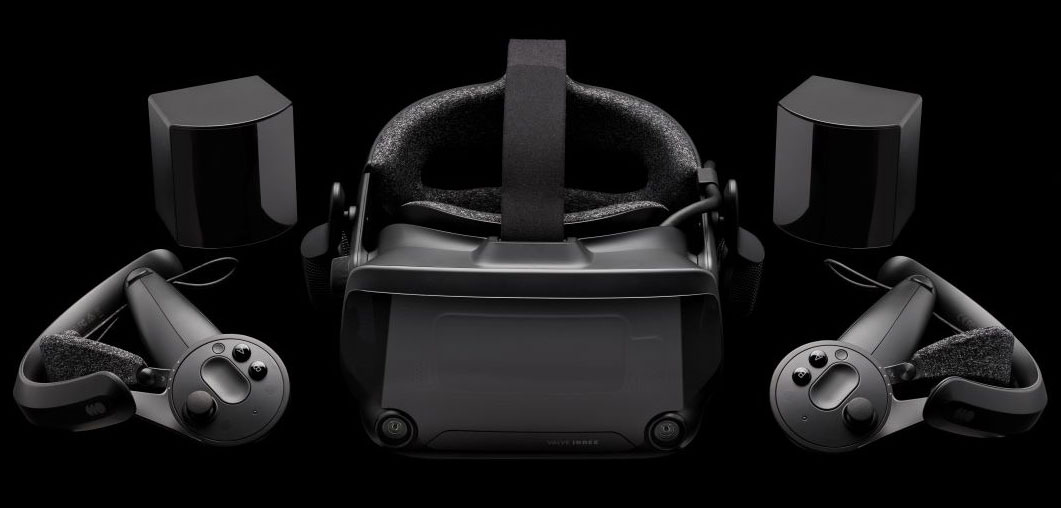
Best VR headset: which kit should you choose?
Best graphics card: you need serious GPU power for VR
Best gaming laptop: don't get tied to your desktop in VR
Currently, the eyebox is 7mm, which will move up to 11mm with the next testing model. That means it'll be able to adapt to a wider range of pupil distances, and appeal to a larger portion of the population. While 7mm was no problem for me, our Graeme wasn't able to get a setting that worked for him.
They're a little rough around the edges right now in their prototype form, but man is there a lot of potential. With a price tag of $400, though, the Viture One XR Glasses are more expensive than the Quest 2. For many, when deciding between these and a VR headset, it's going to be a case of whether you're after higher levels of immersion, or the portability and convenience that comes with a stellar look.

Screw sports, Katie would rather watch Intel, AMD and Nvidia go at it. Having been obsessed with computers and graphics for three long decades, she took Game Art and Design up to Masters level at uni, and has been rambling about games, tech and science—rather sarcastically—for four years since. She can be found admiring technological advancements, scrambling for scintillating Raspberry Pi projects, preaching cybersecurity awareness, sighing over semiconductors, and gawping at the latest GPU upgrades. Right now she's waiting patiently for her chance to upload her consciousness into the cloud.
